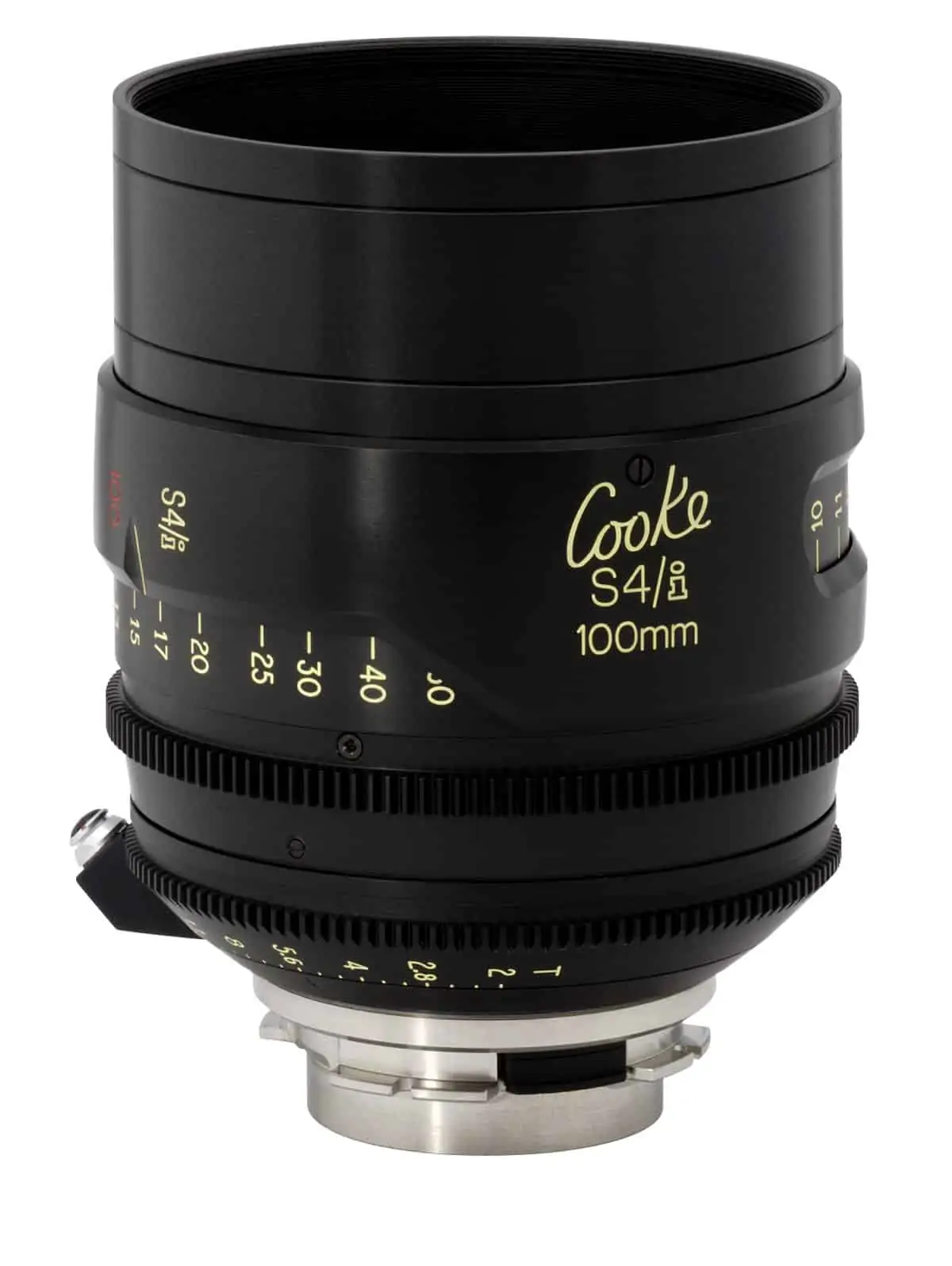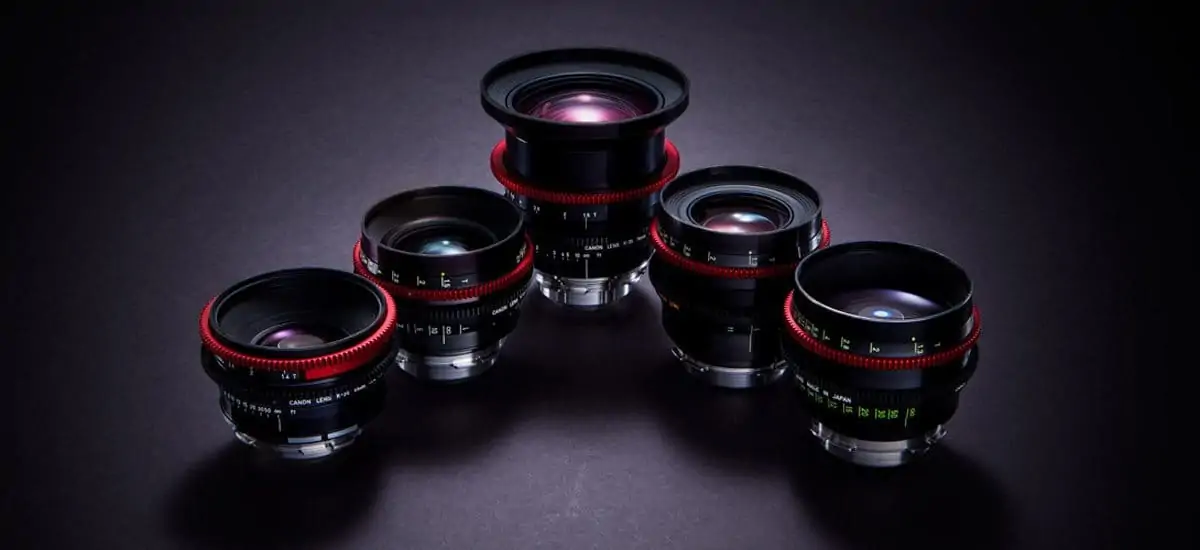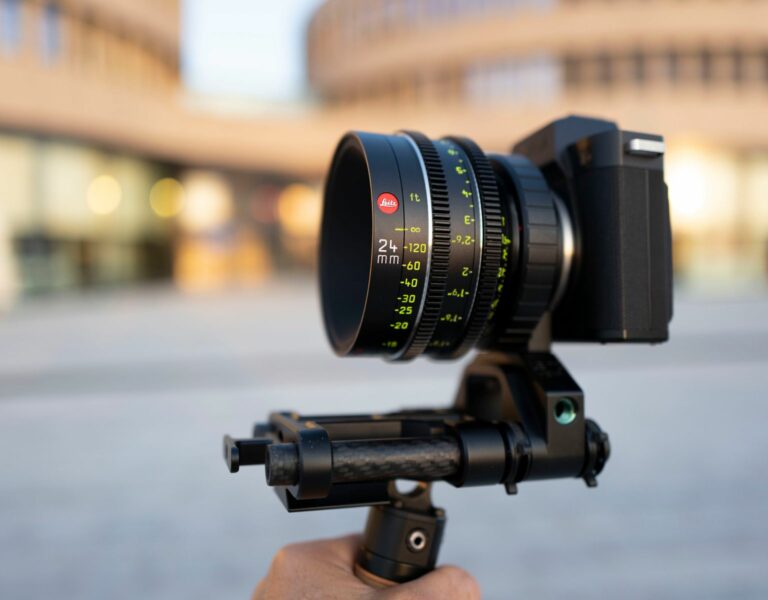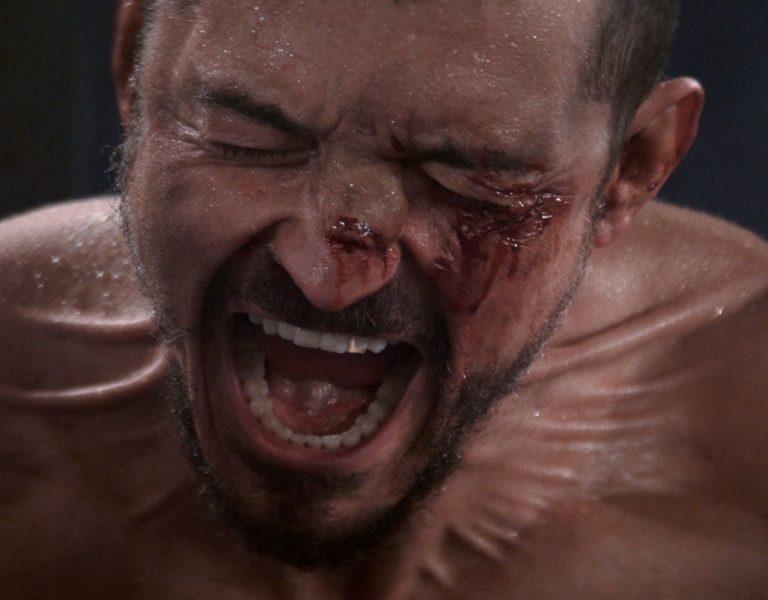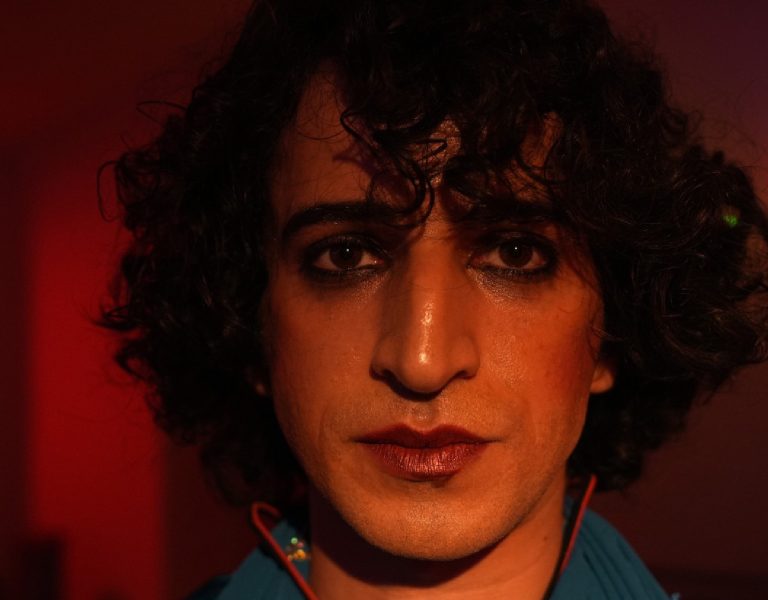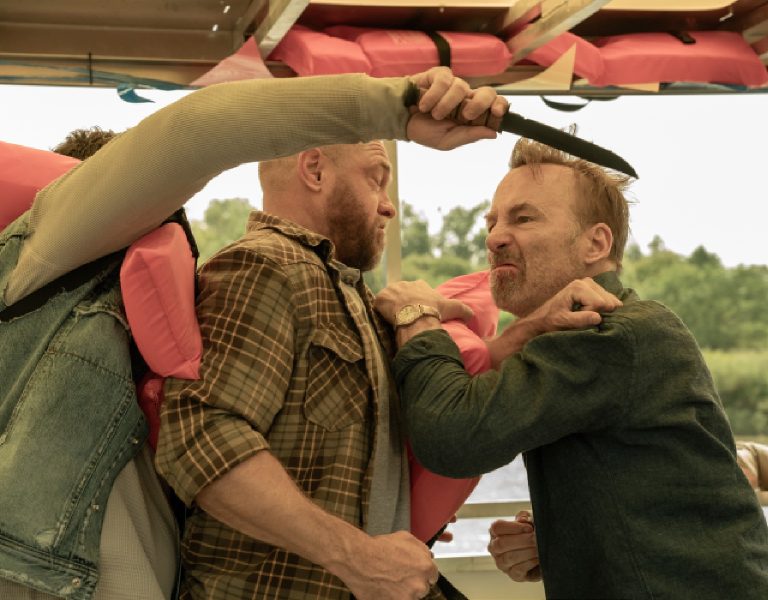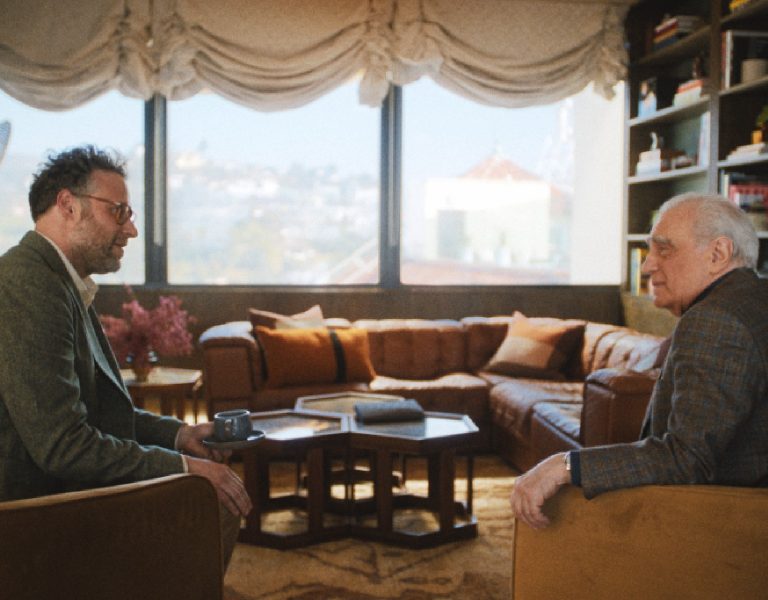Home » Features » Tech-nique »
A FINE VINTAGE
By the late noughties, older lenses were considered by many to be too soft and generally obsolete. Then came digital cinema cameras, and suddenly so-called “vintage” lenses with their distinctive analogue characteristics were back in fashion.
“We all go through the same journey and that journey takes place through glass,” believes Jake Polonsky BSC. “It takes place through different lenses that we discover and experiment with as we evolve and go through our careers. The world of vintage lenses has had a very particular trajectory because of the changeover from analogue to digital. But they were there before.”
Polonsky recounts some of his own journey, from putting 35mm lenses on 16mm cameras in film school so as to use only the sharp centre of the glass, through experimenting with many different lenses on music videos and commercials, to the years just before digital cinema when “so-called modern lenses, very sharp lenses, had become the thing that in a lot of cases people were really looking for.”
Everything changed with the launch of the ARRI Alexa in 2010. Soon after, Polonsky was hired to shoot the very first episode of dystopian anthology Black Mirror, and he chose to pair the new camera with Cooke Speed Panchros. The DP was pleased with the look resulting from “a very crisp and modern sensor colliding with a lens that’s really just not designed to resolve an image on that type of format.”
Zooming forward to the present day, Polonsky has been shooting the Apple TV+ psychological thriller Surface, pairing the Sony Venice 2 with Canon K35s. “They are very interesting lenses with a lot of character. They can give you a very narrow depth of field. They’re very fast.” In addition, the crew carried a set of modern Tokina Cinema Vistas, having found a cocktail of filters that would match the two lens sets closely enough. The DP explains the need to have this modern alternative on hand: “You might find that you’re in a huge space with massive windows. There’s a lot of backlight coming in and you just can’t get an image that’s really acceptable, because there’s just too much flare.” In such cases, Polonsky would switch to the Tokinas with their modern coatings to reduce the flare.
Tony Slater Ling BSC also recalls using Cooke Speed Panchros in the early days of digital cinema, specifically on the 2011 Morecambe and Wise biopic Eric & Ernie. Shooting on the Sony Genesis, Slater Ling rejected his go-to lenses as too sharp. “It’s about trying to inherit flaws and aberrations, really. So I did like the way [the Panchros] fell away at the edges, they flared really lovely, there’s a nice softness to the skin.”
Slater Ling and his ACs had to be careful that the high-torque modern focus motors didn’t rip apart the Panchros’ original housings – rehoused versions being hard to come by at that time. Today he recommends only using vintage glass that has been rehoused to a high standard. Motor problems aside, he points out that even just the common front diameter of a rehoused set saves precious time in switching donuts.
He further recommends getting several sets and testing them against each other, because they can vary considerably. “What I do now is – with my DI – put each lens up against white, and you can work out where its colour temperature shift is, and he can build that into his system. So he knows if we’re using, say, the 40mm, it’s got a bit of green in it.”
The “flaws” of vintage lenses are most exaggerated when shooting wide open, with some disappearing altogether by the time the lens is stopped down to T4 or T5.6. “If I’m after a particular feel or emotion, I’ll shoot wide open,” says Slater Ling, “but obviously sometimes the flaw can be in a really annoying way… [Once] I was doing a mid-shot, and the flaw just seemed to take out [the actor’s] head. His body and his legs were sharp, and his head was soft. So then, obviously, you just stopped down until you pull that flaw back into sharpness.”
For the 2015 J.K. Rowling adaptation The Casual Vacancy, Slater Ling contrasted the separate worlds of teenagers and adults by shooting them with Lomo anamorphics and spherical Super Baltars respectively. The latter, a mid-sixties series manufactured by Bausch & Lomb, had “lovely flares, lovely fall-off, but fairly cool and low contrast.”
Super Baltars rehoused by True Lens Services were the choice of DP Helena Gonzalez for Plastic Surgery, a short thriller exploring the effects of plastic pollution on the human body. “[Director] Guy [Trevellyan] and I envisioned the film to have a textured and contrasty feel, reflective of a world on the brink of collapse,” explains Gonzalez. “We avoided super-sharp modern lenses to ensure the highlights would glow and the textures on the skin and backgrounds would appear beautiful yet imperfect… Shooting with the Alexa 35, modern lenses would have appeared too digital and sharp.”
Gonzalez exposed at T4-5.6 initially, opening up to T2.8 as the chaos and tension escalate within the story. “This made highlights glow more and flares from fluorescents imperfectly shaped, enhancing the chaotic atmosphere.” The shallower depth of field helped to intensify the emotional impact by focusing on the lead character’s personal experience.
Like Slater Ling, Gonzalez notes that colour inconsistencies across the lens set required her DIT to compensate digitally. “It’s crucial to test and understand which focal lengths you’ll use predominantly, and use those aberrations and characteristics to enhance the film’s visual storytelling,” she advises.
No Strings is a short comedy-drama about gender, power and manipulating racism for political gain, for which Gonzalez selected Panavision Super Speeds. “We wanted it to feel grounded yet not too cold or distant,” says the DP, noting that the PV Super Speeds provided the desired sharpness with “a touch of warmth and glowy highlights.” Although Gonzalez was pleased with their look, the physical characteristics of the lenses provided a challenge on handheld or Steadicam shots. “For instance, the 17mm lens, which I particularly liked, was significantly larger than the others. During long takes, compromises were necessary, such as using the 24mm lens instead to manage the practicalities of shooting.”
Martyna Knitter encountered similar issues using Lomo anamorphics on Rose, a BIFA-nominated horror feature. “My focus puller, Henry Owen, had to extensively rebalance [the Ronin] for every lens,” Knitter explains. “He is very fast, but it can definitely eat into the time. As we shot in the winter the housing got more stiff, and the 85mm burned through at least two focus motors, and we ended up having to heat it up with a hairdryer to be able to use it outside.”
Lomo is an acronym for the Leningrad Optical Mechanical Association who manufactured these Soviet-era anamorphics. Two of the set Knitter used had round front elements, while the 85mm had a square front. “I often feel old Lomos have a type of – call it ‘diffusion’ built in, due to the amount of lead in the glass, and the coating wearing off, and that particular set rendered our usual reality in a semi-magical way – something we were looking for, as the movie has supernatural elements in it.
“Each film I make is an opening to a certain world,” Knitter reflects, “the reality processed through the vision of the director and DP, and I like how the vintage glass gives me quite often some unpredictability.”
That unpredictability can make it a challenge to find a consistent set. “On many occasions we had to watch lens tests screened in projection rooms of different rentals, just to match a set. Panavision LA once provided me with 40 Zeiss Super Speeds to choose from; most of them looked slightly different to each other.” Despite this, Knitter says that testing vintage lenses is one of her favourite pastimes, and like Slater Ling she has her own collection.
In Slater Ling’s case this collection includes Olympus OMs – also the choice of DP Chloé Deleplace when she shot Universelles. This short-form romance mini-series was recently released on the Belgian online platform Auvio. “Visually, the series drew inspiration from the colours and intimacy of Saul Leiter’s colour photography, combined with the feel and rigour of medium-format photography,” says Deleplace. “The original concept was to release two versions with different aspect ratios: 4:5 and 1.85. To replicate the distinct qualities of medium format, we chose a large-format camera, which led me to seek out older glass that could cover LF… I sought lenses with great colour reproduction, a certain softness in the bokeh and flares, minimal artefacts or aberrations, and almost no outer distortion to facilitate reframing in the 4:5 edit.”
Zerø Optik’s rehousing of the OMs kept the weight to a minimum (useful for long Steadicam shots) and made for efficient filter switching. “The lenses were also fast (averaging T2.2), had a very close minimum focusing distance, and included a macro on the 50mm,” notes Deleplace. On the down side, “some focal lengths tended to become very soft when close to wide open, requiring us to stop down to capture eye details.” The lenses also breathed significantly. “We had to be mindful of the speed at which we pulled focus, and if the breathing became too noticeable for a specific shot, I would adjust the aperture to give my focus puller more leeway.”
The digital revolution has certainly brought vintage lenses back into fashion, but will that fashion pass? “It’s already starting to go away,” Slater Ling opines, “and younger DPs are after much sharper images.”
“Vintage lenses won’t make your lighting better or your composition necessarily better,” cautions Polonksy, “but they will give you a texture that – in combination with all the other choices you’re making – can help create a look.”







